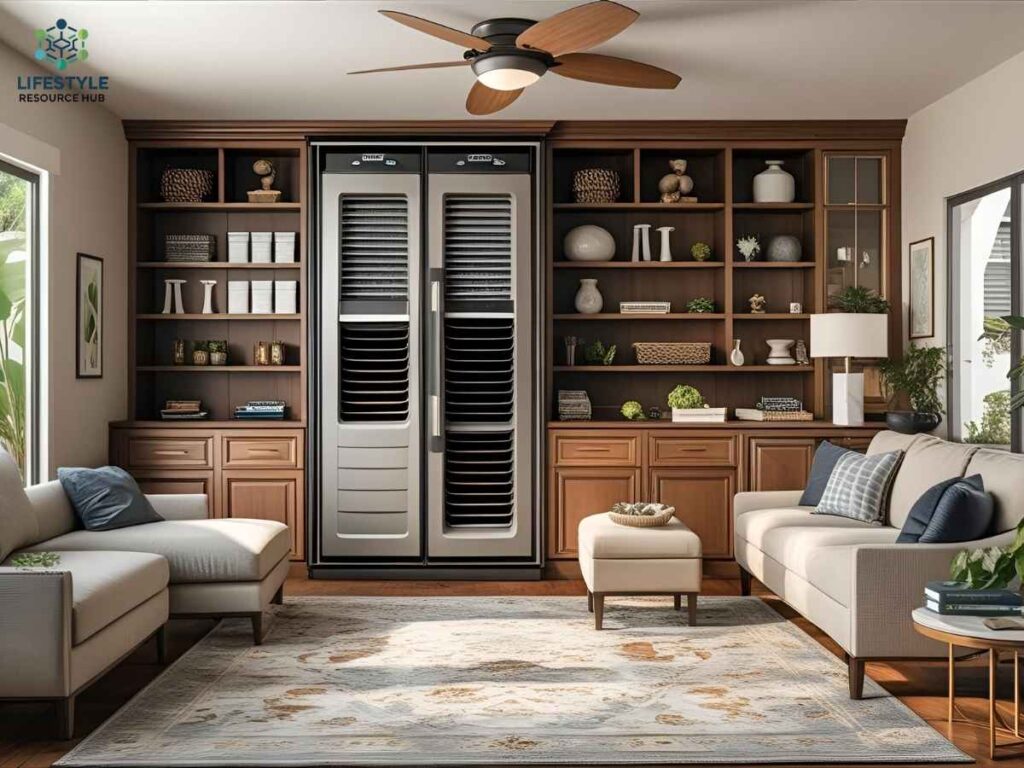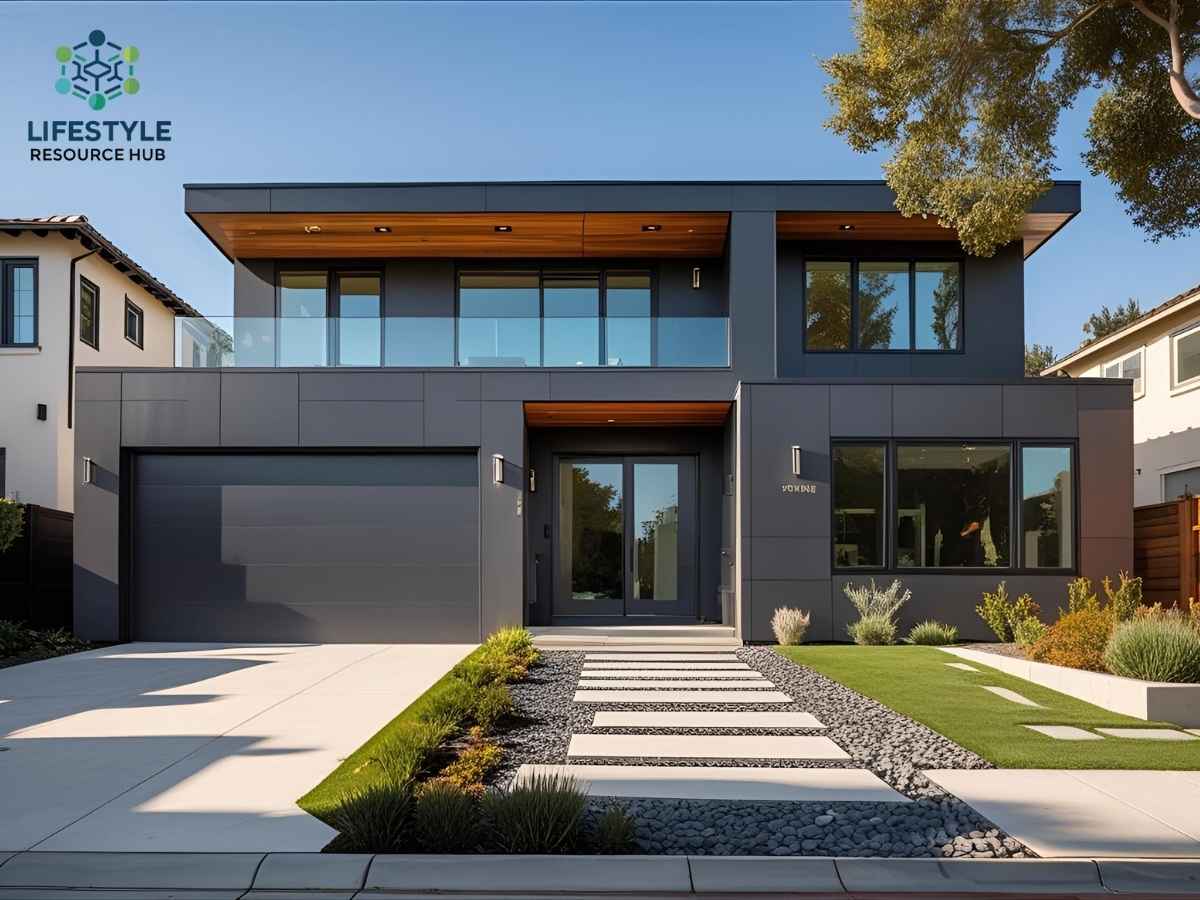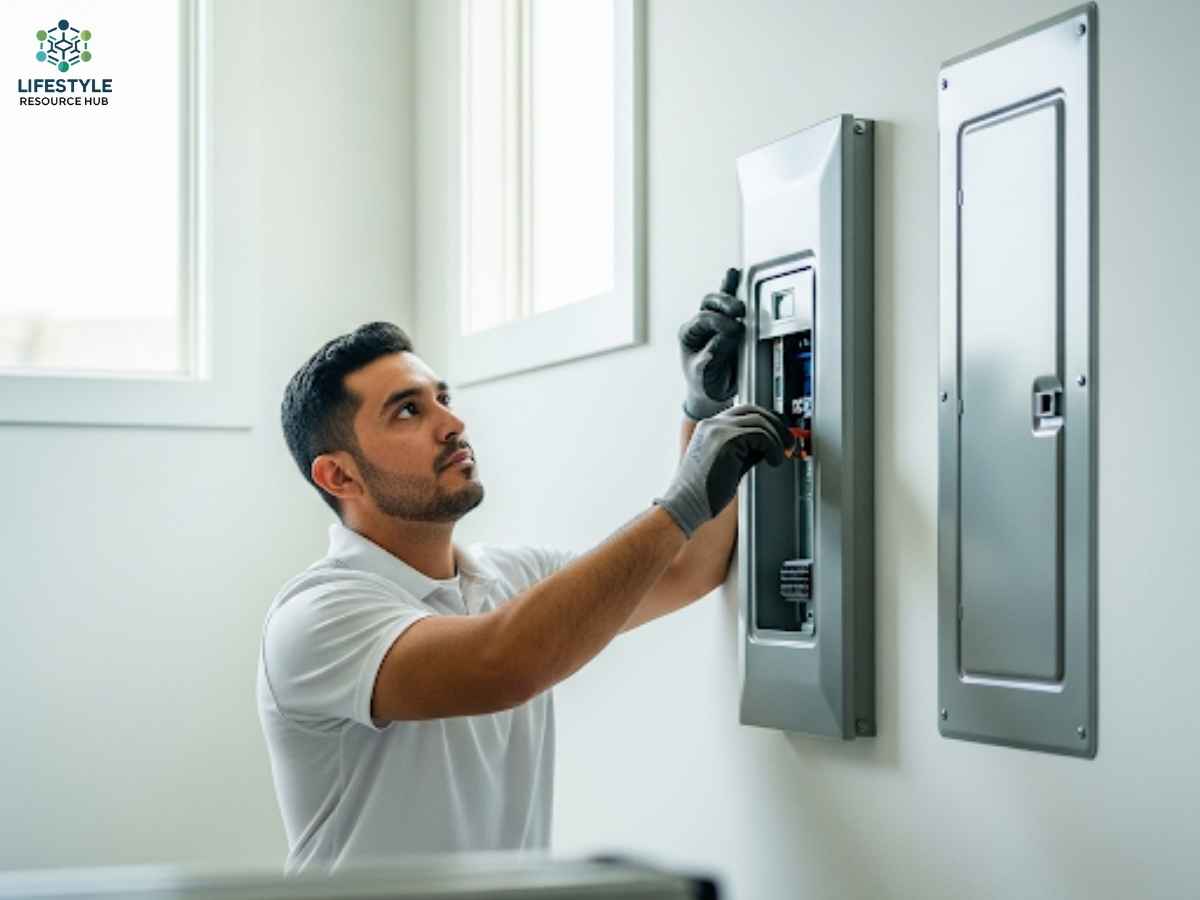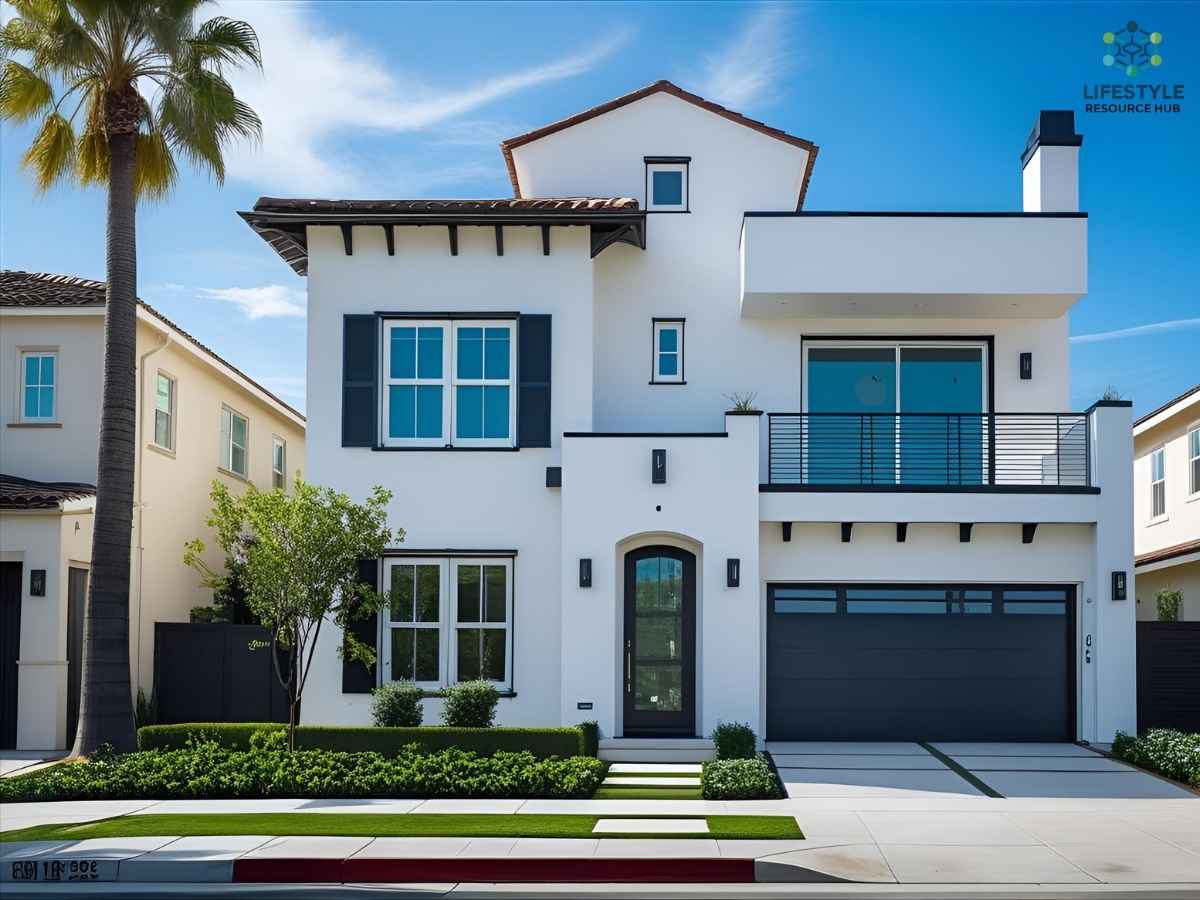Imagine stepping out onto Fremont Avenue in Los Angeles’ Mid-City on a summer’s morning: the sky is blue, the sun sparkles through tall trees lining the boulevard—but, faintly, the smell of traffic and industry lingers. For residents throughout LA neighborhoods like Fremont, concerns about smog, dust, and wildfire smoke are more than headline material—they impact daily comfort and long-term health.
Improving indoor air quality isn’t just about comfort; it’s about wellness and safety. In Los Angeles, especially near the bustling intersections of Fremont Avenue and Wilshire Boulevard (ZIP code 90019), the right HVAC filter can be the best line of defense against the city’s notorious air quality challenges.
Table of Contents
What Makes LA’s Fremont Air Quality Unique?
Los Angeles is famous for sunshine, but it’s also infamous for its battles with air pollution and seasonal smog. The South Coast Air Quality Management District (SCAQMD) considers areas spanning from Downtown LA to neighborhoods that border Jefferson Park, West Adams, and Mid-City (90016, 90018, 90019) as being at high risk for particulate pollution and ozone. Nearby freeways and dense housing intensify the situation, while summer and fall bring wildfire smoke from surrounding counties.

- Average PM2.5 and ozone levels exceed state guidelines on many days each year.
- Wildfire season (June through November) further elevates particle counts throughout Fremont and adjacent neighborhoods.
- High population density means more vehicles—one of the city’s largest pollution sources.
- Older homes may have less airtight construction, increasing infiltration of outdoor air.
Residents frequently report increased allergies, respiratory discomfort, and dust even with windows closed. That’s why LA homeowners seek HVAC filter solutions that don’t just claim results—they deliver them.
The Best HVAC Filter Types for Fremont & Los Angeles Homes
Choosing the best HVAC filter means starting with what you want to keep out. In LA’s Fremont area:
- Dust and pollen are constant companions, especially near the Expo Line and major arterials.
- Traffic emissions add volatile organic compounds (VOCs) and carbon monoxide.
- Seasonal wildfires send particulates drifting as far as Watts, Inglewood, and Hollywood.
For the best defense, consider these filter types:
1. HEPA Filters
High-Efficiency Particulate Air (HEPA) filters can capture 99.97% of particles as small as 0.3 microns. That means pollen, mold spores, pet dander, and even some bacteria don’t stand a chance. While most residential central HVAC systems aren’t designed for true HEPA filters (due to airflow restrictions), many upgraded units and stand-alone air purifiers for whole-home use or single rooms can accommodate them.
Best for: Homes of asthma or allergy sufferers, and properties near major traffic corridors, such as those close to Venice Boulevard or Jefferson Boulevard.
2. MERV 13–16 Filters
The Minimum Efficiency Reporting Value (MERV) scale measures a filter’s ability to trap particles. The higher the MERV, the more effective. For Fremont homes, MERV 13–16 filters strike a balance between high filtration and airflow.
- MERV 13: Captures most bacteria, smoke, and allergens—perfect for residential LA HVAC systems without retrofits.
- MERV 16: Near-hospital-grade—captures fine particulates, including smoke from wildfires and ultrafine dust.
Best for: Larger homes or updated systems west of La Brea Avenue, or in neighborhoods frequently impacted by “Spare the Air” alerts.
3. Activated Carbon Filters
These filters contain a layer of activated carbon granules that adsorb VOCs and odors. For homes close to gas stations, restaurants, or heavy car traffic (such as near the intersection of Washington Boulevard and Crenshaw), carbon filters are essential for reducing fumes and chemical smells.
Best for: Multi-family buildings and apartments, especially near busy commercial corridors.
Choosing the Right Filter: Local Success Stories
Bringing advice down to the block level makes all the difference. Here are three real experiences from LA residents, each in a distinct local neighborhood:
Case Study 1: Mid-City (ZIP 90019)—Wildfire Season Rescue
During the 2024 wildfire season, the Robinson family living near Fremont Avenue and West Pico Boulevard noticed persistent haze indoors, even with windows sealed. Their family has two young children with seasonal allergies. After consulting with a local HVAC professional, they upgraded to a MERV 13 filter. The difference was immediate: fewer allergy symptoms, cleaner air, and noticeably less dust on surfaces. “The filter captured the smoky smell that used to linger for hours,” Mrs. Robinson recalls. “It was one of the best home improvements we’ve made.”
Case Study 2: Historic West Adams—Cleaner Air for Seniors
Mr. Gomez, a retiree near West Adams Boulevard, lives in a classic Spanish-style bungalow dating back to the 1920s. His chief concern was indoor air quality during high-smog days, as he has mild COPD. On the advice of an LA-based HVAC technician, he installed a portable HEPA purifier in his bedroom and a MERV 13 filter in his central system. Now, he enjoys restful sleep, rarely uses his inhaler, and says: “I can spend afternoons reading by the window—even when the smog is heavy outside—without irritation.”
Case Study 3: University Park—Smart Upgrades Beat Traffic Pollution
Sara and Mike, two USC grad students renting just east of Vermont Avenue, constantly fought the layer of greasy dust and urban odors that crept through their small apartment. They approached a local HVAC service, who recommended both a MERV 13 filter and adding an activated carbon pad. “After the upgrade, our place smelled fresher and I stopped waking up congested,” Mike explains. “We didn’t even realize how much the pollution was affecting us until we changed our filter game.”
Fremont’s Top 3 HVAC Service Providers for Air Quality
When homeowners ask “Where can I get the best filters and honest advice?” these three Los Angeles-based companies consistently rank atop the list:
NEXGEN Air Conditioning & Heating
- Family-operated, Google Certified for Home Services in Los Angeles
- Experts in MERV-13+ filtration and indoor air quality upgrades
- Also offers tune-ups, duct cleaning, and insulation to boost IAQ
- nexgenairandplumbing.com/locations/los-angeles
California Air Conditioning Systems
- Serving LA since 1980; specialists in residential and commercial HVAC
- Customizes filter options for older homes and modern apartments
- Noted for preventive maintenance plans and rapid emergency service
- californiaac.com
Finest Heating & Air
- Local team based in Beverly Hills, serving all LA neighborhoods
- Offers thorough air quality assessments and MERV/HEPA upgrades
- Focus on energy savings, filter education, and responsive customer care
- finestheatingandair.com
These providers understand the unique challenges posed by LA’s microclimates, proximity to major roadways, and the legacy of older housing stock.
Essential Local Resources & Tools for LA Residents
Every LA homeowner should bookmark these authoritative resources for real-time updates and further action:
- South Coast AQMD: Regional monitoring and air quality management plans. Visit their interactive map for hourly AQI updates and local alerts: www.aqmd.gov
- LA Department of Water and Power (LADWP): Technical rebates, home upgrade programs, and notices about air quality events in your neighborhood: www.ladwp.com
- LA County Air Quality Planning: Community air quality planning, climate action resources, and latest public health initiatives: planning.lacounty.gov
For self-help, look for the “Spare the Air” days before planning outdoor activities and register your home for local participation in energy-efficiency and clean-air rebate programs.
How to Get the Most from Your HVAC Filter
Here are expert tips for anyone upgrading or maintaining their system in LA’s Fremont and surrounding neighborhoods:

- Change filters at least every 60–90 days, or monthly during wildfire season.
- Ensure the filter fits snugly into the housing, free from gaps.
- Schedule professional maintenance for duct cleaning, as LA’s dust and pollen quickly accumulate.
- Consider adding an in-duct UV purifier or standalone air cleaner for at-risk family members.
- Upgrading insulation and sealing leaks ensures that your high-efficiency filter works as intended.
Remember: An upgraded HVAC filter not only improves air quality—it can help your system run more efficiently, lowering bills while keeping Fremont homes healthy.
Inline “People Also Ask” Short Answers
What’s the best HVAC filter for wildfire smoke in Los Angeles?
The best choice is a MERV 13 or higher, or a HEPA filter if your system supports it. These trap fine particles from wildfire smoke, making them ideal for LA’s fire-prone seasons.
How often should LA residents change their HVAC filters?
Generally, every 2–3 months. However, during heavy smog or fire events, check monthly and replace as soon as the filter looks dirty.
Do higher MERV filters increase energy bills?
A very high MERV can restrict airflow in systems not designed for it, but properly fitted MERV 13 filters balance efficiency and filtration without significant increases.
FAQ: Fremont & Los Angeles Air Quality and HVAC Filters
Which filter is best for removing LA’s smog and vehicle pollution?
A MERV 13–16 filter will capture most fine particles, including smog-related PM2.5 and fumes from traffic congestion.
Can renters in Fremont use portable air purifiers instead of HVAC filters?
Absolutely. Standalone HEPA air purifiers are an excellent option for apartments or places where changing central filters isn’t possible.
Are there rebates for HVAC upgrades in Los Angeles?
Yes. Check LADWP and SCAQMD for rebate programs that encourage energy-efficient and clean air upgrades for both single-family homes and apartments.
What signs indicate a filter needs changing in LA homes?
Visible buildup of dust, HVAC struggling to maintain airflow, increased allergies, or a persistent musty smell usually mean it’s time to swap out your filter.
Does upgrading insulation help with air quality?
Yes! Better insulation reduces the amount of outdoor air (and pollutants) entering your home, making your filter’s job more effective.


